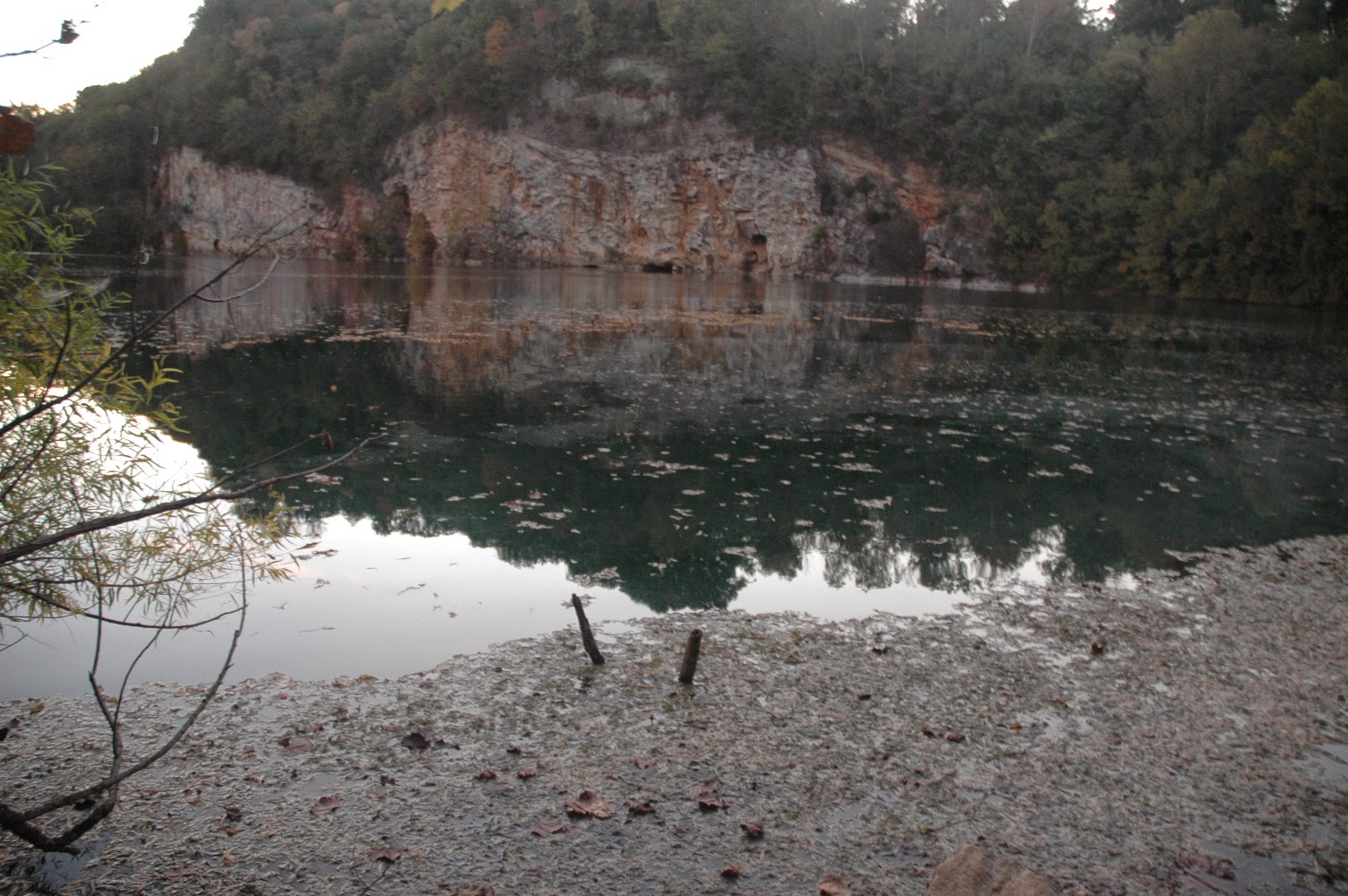This was the final week for lab observations and I was able to identify just a few more organisms one last time. This week especially, I noticed how much my micro aquarium has grown since we first started. My aquarium has expanded so much since the first week and in this process, I've tried to identify as many organisms as I could. My aquarium definitely has become more familiar which all the previous organism's I have identified I have started to repeatedly see them throughout.
Image 1. This specific species of seed shrimp has been identified as a Darwinula which is further described in "Guide to Micro Life" by Kenneth G. Rainis on pg. 211 image 6. This was the only seed shrimp that I saw and it did not really move when I was observing it.
Image 2. This organism has been identified as Cladophora which is further described in "The Freshwater Algae" by G.W. Prescott on pg. 132 Fig. 218. This organism was found by Professor McFarland in my micro aquarium and this was also another organism that did not have noticeable movement so initially I was not even sure if it was an organism or not.
Image 3. This organism is identified as Vorticella in "Free-Living Freshwater Protozoa: A Color Guide" by D.J Patterson on pg. 113 Figure 232. I have seen quite a few Vorticella throughout my micro aquarium as they are easy to observe since there is not really movement among them.
Bibliography
Prescott, G.W. The Fresh-Water Algae. W.M.C Brown Company Publishers.
Rainis, Kenneth G., Russel, J. Bruce. Guide to Micro Life. Danbry, CT. A Division of Groller Publishing.










